SUMMARY
This is AI generated summarization, which may have errors. For context, always refer to the full article.
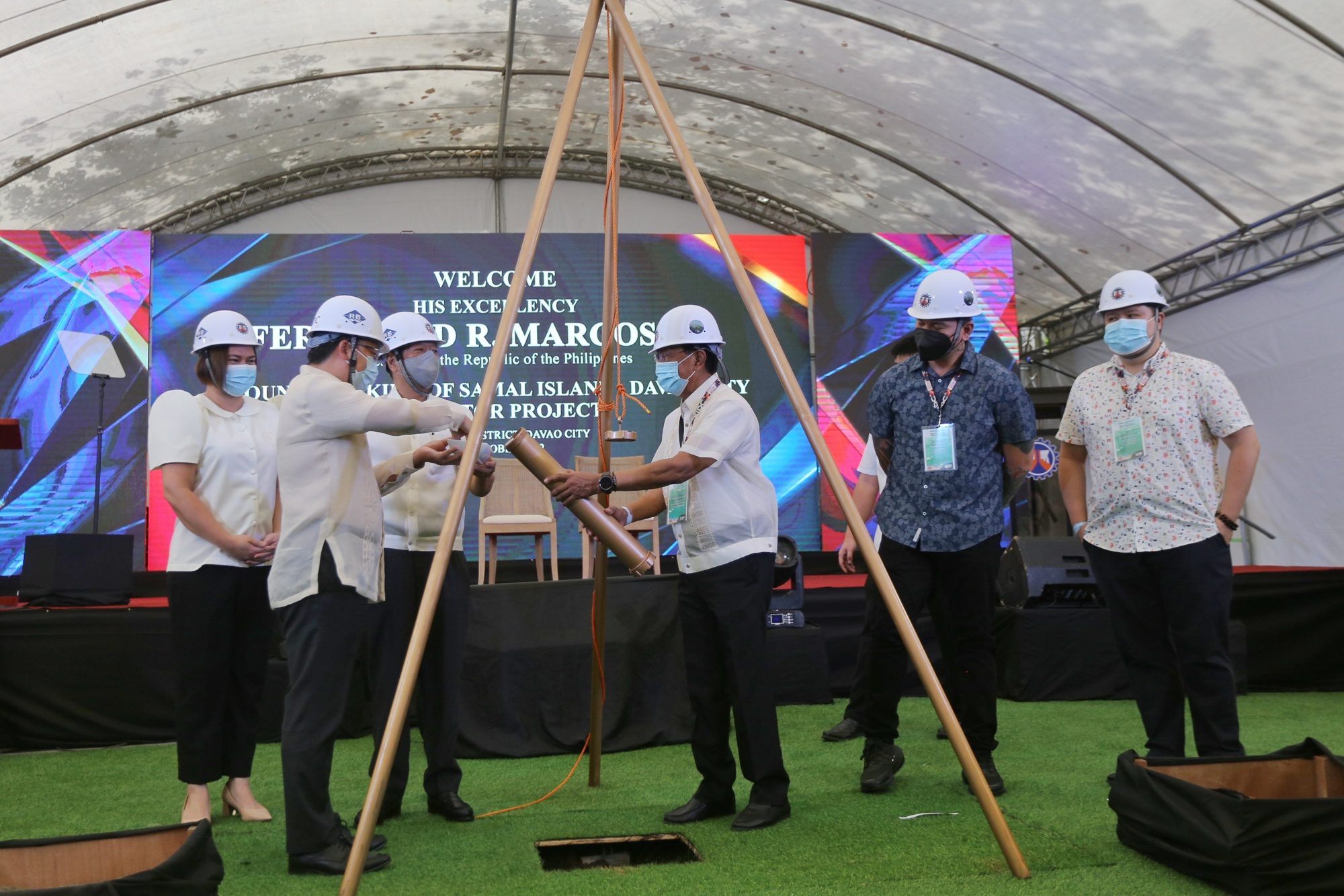
DAVAO ORIENTAL, Philippines – President Ferdinand Marcos Jr. on Thursday, October 27, led the groundbreaking ceremony for a P23.4-billion bridge project that would link Davao City and Samal Island amid protests about how it would hurt the environment.
Marcos said the planned 3.98-kilometer Samal Island-Davao City Connector (SIDC) is projected to serve at least 25,000 vehicles daily by 2027.
He hailed the project, saying it would enhance access to employment, education, and other social services in Samal on top of providing ease in traveling to and from the island city in Davao del Norte province.
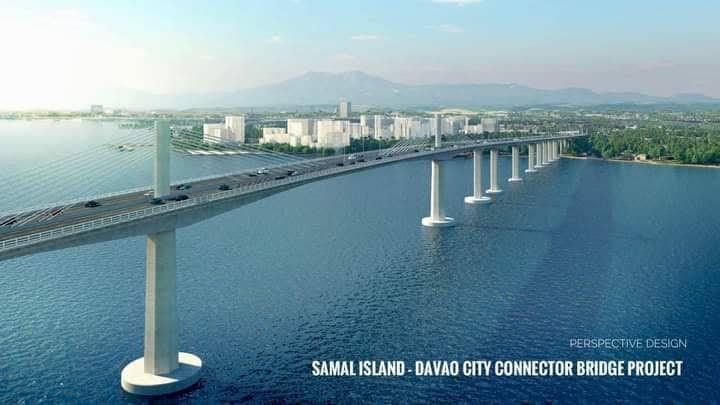
The project, 90% of which would be funded using a loan from China, would be undertaken by the China Road and Bridge Corporation.
But environmentalists in Davao frowned on the alignment of the four-lane bridge project which they said would mean serious damage to protected areas in Davao City and the Island Garden City of Samal.
The bridge would be built across the Samal Island Protected Landscape and Seascape.
The Save Samal Reefs Alliance (SSRA), an alliance of groups worried about the environmental costs of the project, said the approved bridge alignment would destroy corals within the 7,500-square meter Paradise Reef, and another 2.7 hectares of marine protected area in Davao.
Ateneo de Davao University (ADDU) president Father Joel Tabora said the Paradise Reef is home to “yellow scroll coral, massive brain coral, tiered table coral, giant clams, red-orange starfish, and all manner of colorful tropical fish.”
In a statement released on Wednesday, October 26, he said, “We are not against the Samal Island City of Davao (SIDC) connector bridge. But where there are clear alternatives to destroying Paradise Reef by building the bridge to land in the Costa Marina Beach Resort, here we take a stand for the environment. Build the bridge, but preserve the Paradise Reef. Build the SIDC Bridge, but preserve the coral reef for its value in itself, for the joy it can bring to ourselves and our children, and for the glory it gives to our creator God.”
Tabora added, “Mindlessly, we allow our environment to be destroyed. It is our home. But we allow it – in the name of progress – to be dirtied, abused, ruined, or destroyed.”
The government, however, allayed fears about how the project would adversely affect the ecology between the two cities in the Davao Region.
“We are adopting state-of-the-art modern technology in the construction of a deep foundation for a sea-crossing bridge,” said Dean Ortiz, the spokesperson of the Department of Public Works and Highways (DPWH) in the Davao Region.
Ortiz cited a study conducted by the Consultants, Ove Arup & Partners Hong Kong Ltd. (Arup) which supposedly showed the planned bridge alignment would have the least impact on reefs.
Ortiz also pointed out that various government offices gave the project clearances, and necessary permits have been secured even from the environment department.
The project was given an Environmental Compliance Certificate (ECC) by the Department of Environment and Natural Resources-Environmental Management Bureau (DENR-EMB) in December 2020.
The local governments of Davao and Samal expressed no opposition to the bridge alignment, and Davao’s Regional Development Council (RDC) approved it, he said.
Ortiz said it was the RDC that approved the bridge’s alignment, including its take-off and landing points, during the Duterte administration in 2019.
“The approved final alignment for the sea-crossing bridge is a product of a comprehensive study by experts, and with important consideration to the environment and the necessary navigational safety management for seacraft and height restriction for air transport,” read part of a DPWH-Davao Region statement.
After the groundbreaking, the DPWH would conduct a land survey and geotechnical investigation while proceeding with the detailed engineering design ahead of the construction.
Ortiz said the geotechnical investigation plan, prepared by the China Road and Bridge Corporation, showed 97 boreholes – 63 in the Davao City onshore, 18 offshore, and 16 in the Samal onshore.
“It’s all systems go,” said Ortiz after Marcos led the groundbreaking ceremony for the multi-billion-peso project at the Damosa Land Properties in Lanang, Davao City.
There, Marcos lowered a time capsule to signal the start of the construction of the bridge.
Marcos was joined by Vice President Sara Duterte, Chinese Ambassador Huang Xilian, Davao City Mayor Sebastian Duterte, Samal Island Mayor Al David Uy, Presidential Special Assistant Anton Lagdameo, and Public Works Secretary Manuel Bonoan. – Rappler.com
Add a comment
How does this make you feel?


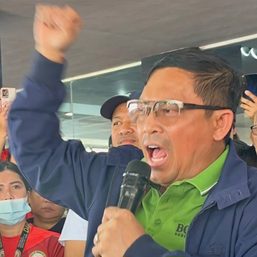





![[Pastilan] The Great Philippine Identity Sale](https://www.rappler.com/tachyon/2024/07/great-philippine-identity-sale-july-16-2024.jpg?resize=257%2C257&crop=486px%2C0px%2C1080px%2C1080px)

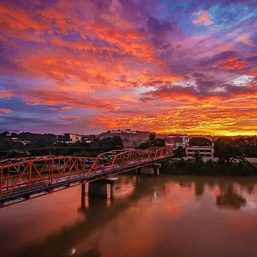

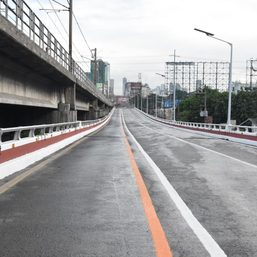
![[In This Economy] Marcos’ POGO ban is popular, but will it work?](https://www.rappler.com/tachyon/2024/07/thought-leaders-marcos-pogo-ban.jpg?resize=257%2C257&crop=255px%2C0px%2C720px%2C720px)
![[Rappler Investigates] POGOs no-go as Typhoon Carina exits](https://www.rappler.com/tachyon/2024/07/newsletter-graphics-carina-pogo.jpg?resize=257%2C257&crop=424px%2C0px%2C1080px%2C1080px)











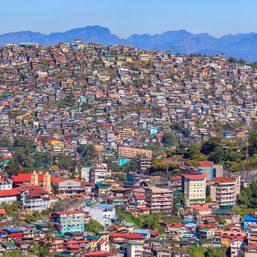
There are no comments yet. Add your comment to start the conversation.